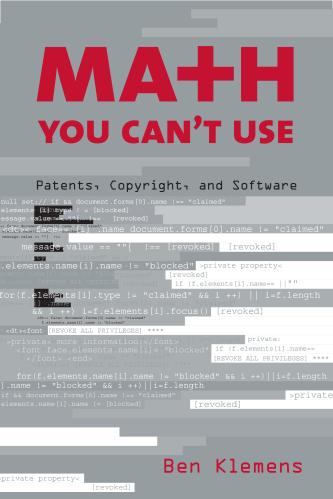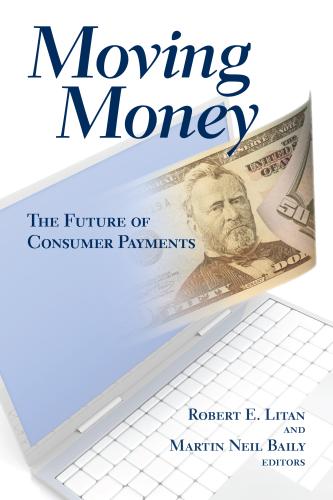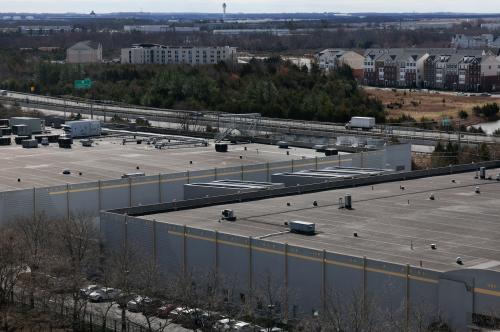Abstract
A model in which heterogeneous agents form firms is described and empirically tested. Each agent has preferences for both income and leisure and provides a variable input (“effort”) to production. There are increasing returns to cooperation, and agents self-organize into productive teams. Within each group the output is divided into equal shares. Each agent periodically adjusts its effort level to maximize its welfare non-cooperatively. Agents are permitted to join other firms or start up new firms when it is welfare maximizing to do so. As a firm becomes large, agents have little incentive to supply effort, since each agent’s share is relatively insensitive to its effort level. This gives rise to free riders. As free riding becomes commonplace in a large firm, agents migrate to other firms and the large firm declines.
It is demonstrated analytically that there exist Nash equilibrium effort levels within any group, but these are (1) Pareto-dominated by effort configurations that fail to be individually rational, and (2) dynamically unstable for sufficiently large group size. The out-of-equilibrium dynamics are studied by an agent-based computational model. Individual firms grow and perish, there is perpetual adaptation and change at the micro-level, and the composition of each firm at any instant is path-dependent. However, at the aggregate-level stationary firm size, growth rate and lifetime distributions emerge. These are compared to data on U.S. firms. In particular, the power law character of empirical firm size distributions is reproduced by the model. Log growth rates are distributed as a double exponential distribution, while the standard deviation in growth rates scales (decreases) with firm size, both in agreement with recent empirical analyses. Constant returns obtain at the aggregate level, in contrast to the increasing returns of the micro-level.
A portrait of this agents-within-firms economy is developed by analyzing typical firm life cycles, typical agent careers, and through cross-sectional analysis. The model parameterization is systematically investigated. Right-skewed size distributions are robust to a variety of alternative specifications of preferences, compensation, interaction structure, and bounded rationality. The role of residual claimants within firms is briefly explored.
Finally, it is argued any theory of the firm based on microeconomic equilibrium is unlikely to explain the empirical data on firm sizes, growth rates, and related aggregate regularities.
Keywords: endogenous firm formation, increasing returns, bounded rationality, unstable Nash equilibria, power law size distribution, double exponential growth rate distribution, agent-based computational model, non-equilibrium game theory, path-dependence, economic complexity, group selection
JEL classification codes: C63, C73, D23, L11, L22
The working papers represent drafts that have been internally reviewed but are not official publications of the Institution.
The Brookings Institution is committed to quality, independence, and impact.
We are supported by a diverse array of funders. In line with our values and policies, each Brookings publication represents the sole views of its author(s).






